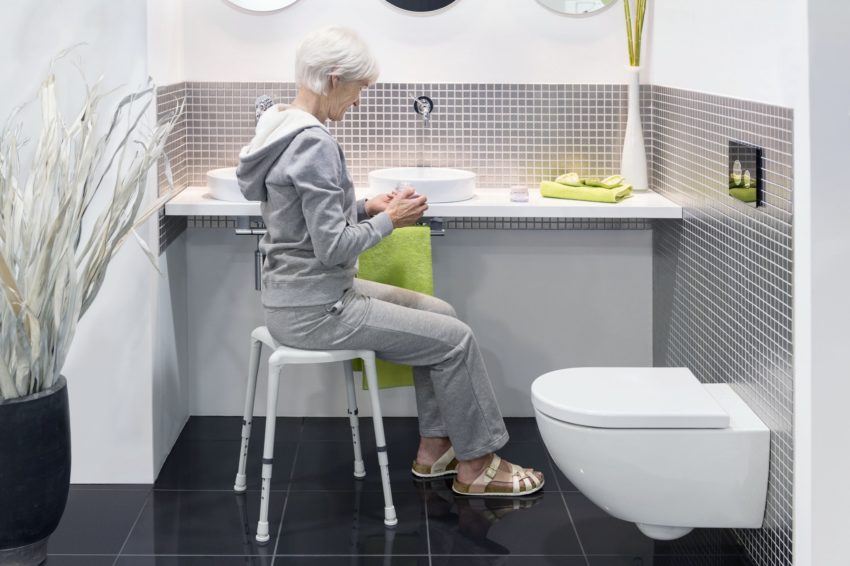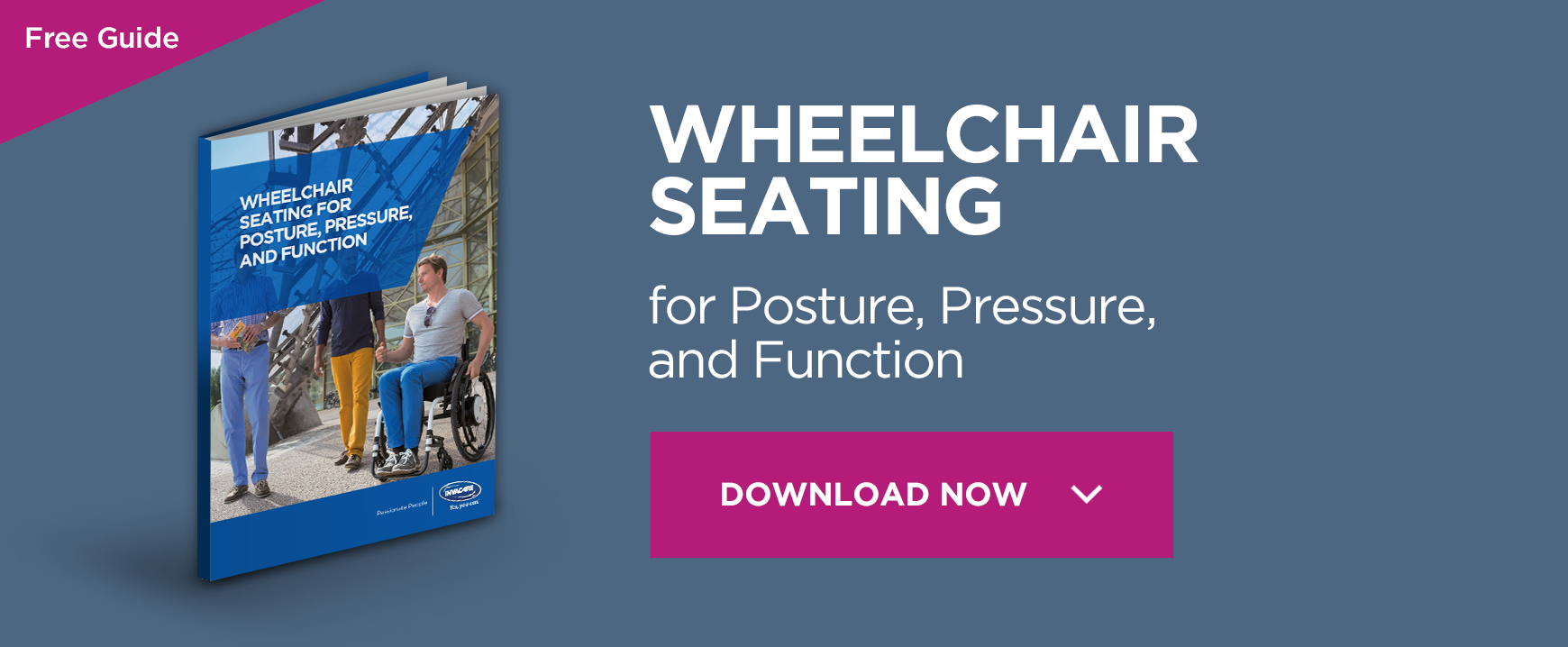
It is entirely unacceptable to assume that wheelchair users have any more difficulty with managing incontinence than a non-wheelchair user. It is also just as unacceptable to recommend that wheelchair users simply use pads or other forms of incontinence product to ‘manage’ the situation.
Unfortunately, however, the latter is something I have experienced frequently within my contact with unenlightened healthcare professionals.
Millions of people live with bladder health problems from an overactive bladder, neurologic disorder, or other urinary system disorder.
Continence itself is more than about the physical act of passing urine or moving the bowel, it is about routine, diet, fluid control and the environment to name but a few important elements.
Although this is true for everyone we may need to accept certain issues, such as the environment, have a bigger impact incontinence for wheelchair users given the additional thought required to support the routine. For example, “will where I am going have adequate toileting facilities?”
One of the first things to understand is that there are 2 main types of urinary incontinence:
- Stress incontinence – Muscles around the bladder and urethra become unable to contend with pressure put on them by a volume of urine.
- Urge incontinence – When the muscles around the bladder contract involuntarily and without warning.
One of the first instincts from people I have met with urinary incontinence is to stop or significantly reduce their fluid intake. However, this can be counter-productive as actually this just means that the urine within the bladder is highly concentrated and therefore a greater irritant on the bladder, increasing frequency. It is therefore more important to find a positive balance with fluid intake.
Consider these top tips:
- Empty the bladder regularly – go to the toilet whether you feel the need or not, say every 2-3 hours.
- Locate appropriate bathrooms – research the environments so that you know there are adequately resourced facilities throughout your routine.
- Keep a bladder diary – knowledge about when your bladder (and indeed bowel) voids puts you in a better position to control it.
- Exercise – If you are a wheelchair user with pelvic control engage in daily pelvic floor exercises. This is appropriate for men and women. If you don’t have pelvic control use any form of exercise to manage weight gain as evidence suggests urinary incontinence can be influenced by weight.
- Limit/avoid caffeine & alcohol – they are diuretics and can irritate the bladder.
- Don’t smoke – damage to small vessels weakens tissue and therefore its ability to provide control.
Wheelchair users in particular need to consider their routine and the environment. That does not mean allow the incontinence to control their routine but more to understand when/how/why their bladder becomes active so that this knowledge can enable rather than disable participation in daily activity.
Options such as use of pads or catheterisation remain an option, particularly for the less ambulant or wheelchair users unable to transfer independently but this should remain a last resort with the above considerations tried first.
Neurological incontinence
A spinal cord injury may interrupt communication between the nerves in the spinal cord that control bladder and bowel function and the brain, causing incontinence. This results in bladder or bowel dysfunction that is termed “neurogenic bladder” or “neurogenic bowel.”
Bowel accidents might happen depending on whether the injury is supra or sub sacral spine; it’s not a taboo subject.
Specifically for faecal incontinence the above suggestions regarding routine are just as important. However, there are bowel training and management regimes that can have a positive outcome, such as medically inducing bowel emptying at a set time within a schedule/routine.
The important thing is to talk about it, particularly with a healthcare professional, so that all options can be considered.
Remember, be creative and ensure everyone involved understands what is important to you. Do not disengage with meaningful activity as a result; plans should be put in place that enable engagement and empower you to make informed decisions.
Keep reading
** This post was originally published on https://www.passionatepeople.invacare.eu.com/managing-incontinence-for-wheelchair-users/


